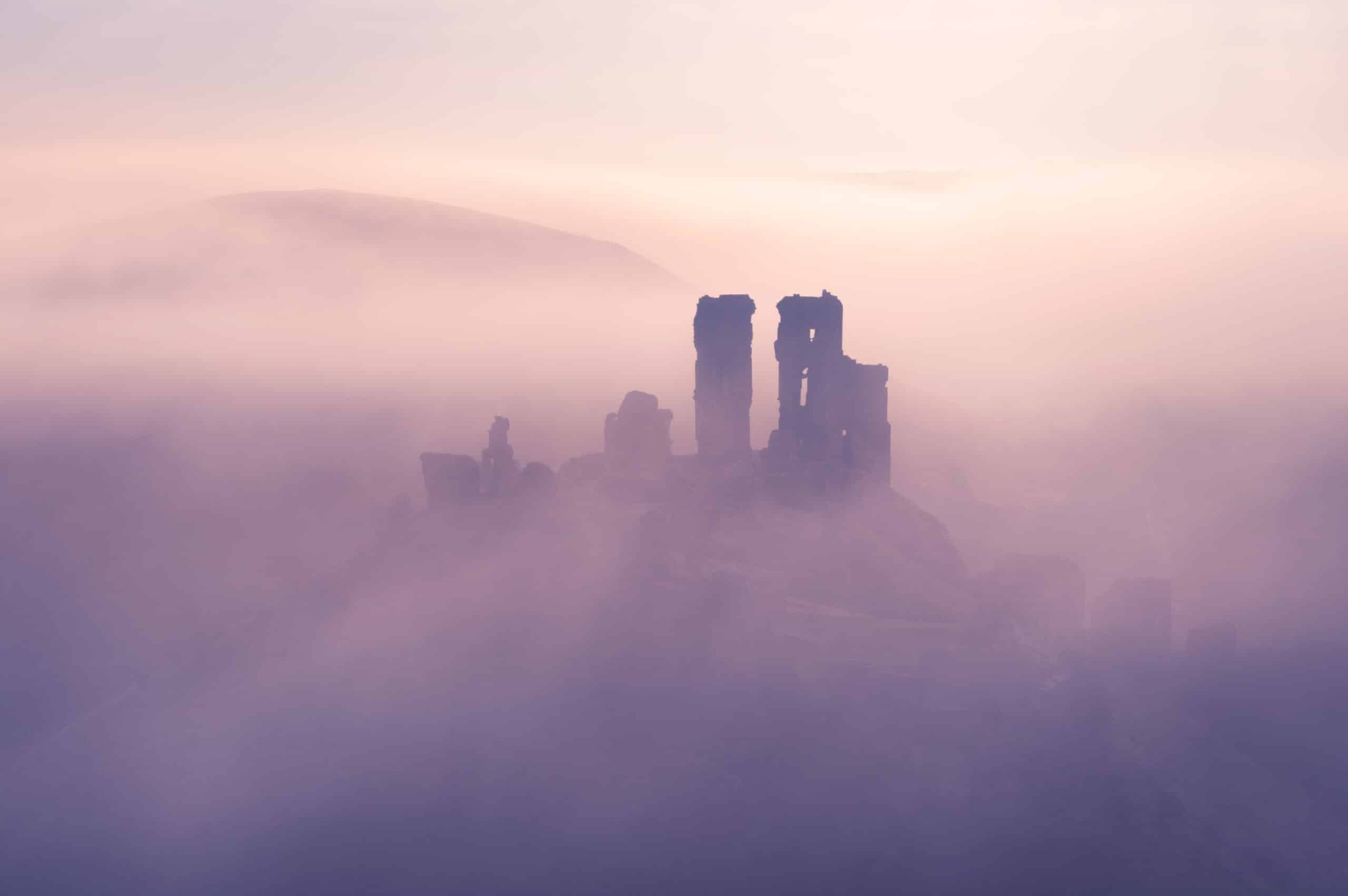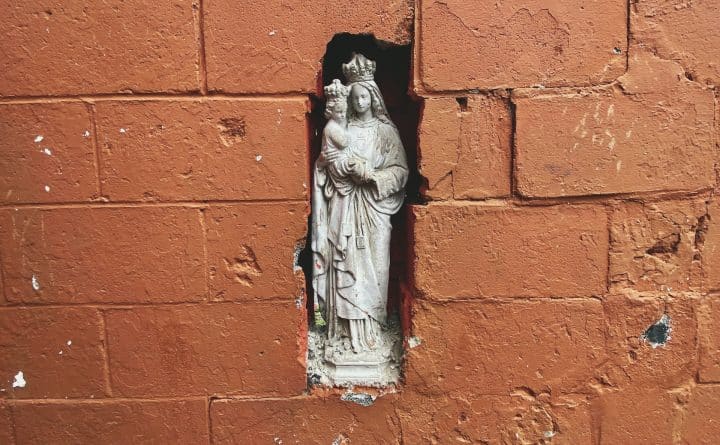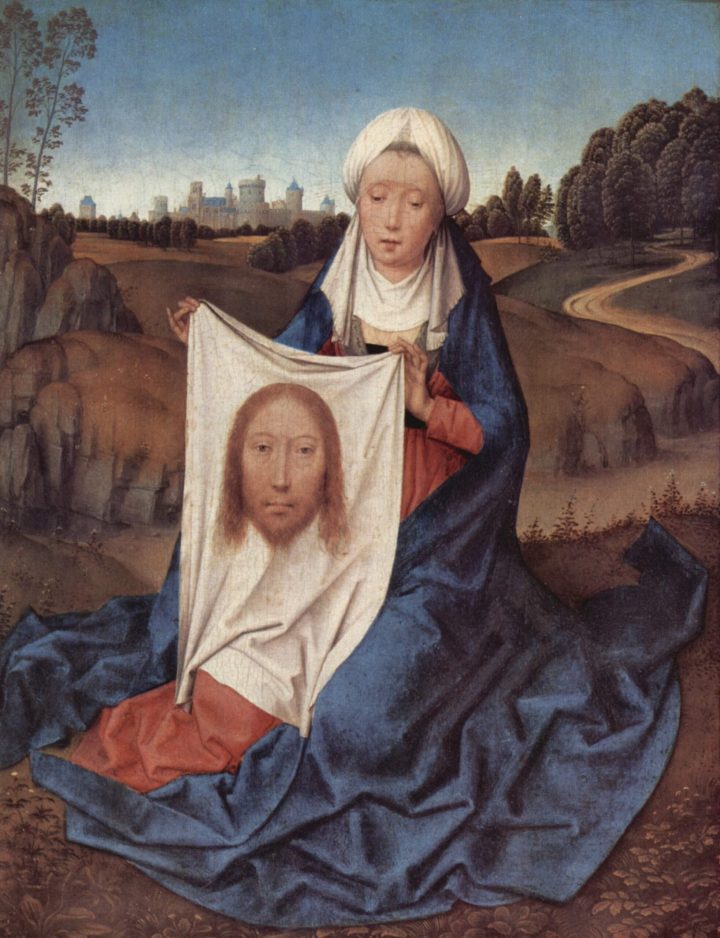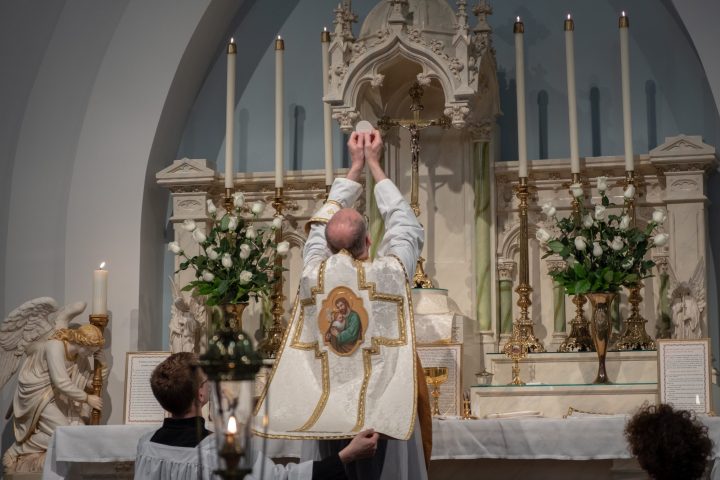
The father of famed children’s author, Roald Dahl, had a unique way of helping his children appreciate beauty. Roald writes in his quasi-autobiography, Boy: Tales from Childhood, “He harboured a curious theory about how to develop a sense of beauty in the minds of his children. Every time my mother became pregnant, he would wait until the last three months of her pregnancy and then he would announce to her that ‘the glorious walks’ must begin. These glorious walks consisted of him taking her to places of great beauty in the countryside and walking with her for about an hour each day so she could absorb the splendour of the surroundings. His theory was that if the eye of a pregnant woman was constantly observing the beauty of nature, this beauty would somehow become transmitted to the mind of the unborn baby within her womb and that baby would grow up to be a lover of beautiful things. This was the treatment that all of his children received before they were born.”
A mother transfuses life into her child in utero. Why not beauty?
God does something similar with us. Prior to our heavenly birth, we are in the womb of time and space. And here, beauty has a way of demanding attention. Sometimes it’s visual, like the masterpieces that hang on the walls of museums or the smile on a child’s face. Other times it is audible, in the form of Mozart, the peaceful drum of household sounds at the end of a busy day, or the laughter of a loved one. Beauty is touch, it’s taste, it’s scents, and it’s something more…
Beauty is healing.
Dr. Diane E Dreher from Psychology Today published an article earlier this year showcasing the gift that beauty is to humanity. It is titled Research Reveals the Healing Power of Beauty and Awe, and the three key takeaways are the following:
- Research has found that appreciating beauty can help heal anxiety and depression.
- Experiencing awe can reduce inflammation and the risk of many diseases.
- Experiencing beauty can increase one’s sense of hope.
This comes from a secular perspective, but it made me wonder, is this what miracles are made of?
Like a good Thomist, let’s define our terms. According to the Catechism of the Catholic Church, the word miracle means “a sign or wonder such as a healing, or control of nature, which can only be attributed to divine power.”
In short, a miracle is a God-given, supernatural sign.
When a child is miraculously healed of cancer at the skill of his doctors and the faith of his parents, that’s beautiful. That’s a miracle.
When a woman dedicates her life to Christ and takes the habit of a religious order, remains steadfast to her rule, and lives a life of purity and holiness, that’s beautiful. That’s a miracle.
When St. Joseph himself shows up to a chapel in the middle of nowhere (okay, Santa Fe) New Mexico and builds a physics-defying staircase so the sisters can access the choir loft, that’s beautiful. That’s a miracle.
And when a mother prays daily for the conversion of her children, and they convert, that’s beautiful. That’s a miracle.
The sunrise after the light storm. Beautiful. God’s artistry.
The sense of accomplishment after a hard-day’s work. Beautiful. Humanity laboring in God’s vineyard.
The euphoria of a deployed service man or woman returning home to their families. Beautiful. God’s mercy.
Life is filled with little miracles– God-given, supernatural signs– that quite literally heal us. Their beauty heals us physically, emotionally, and spiritually. The secular world knows it. The Catholic world has known it for centuries.
Before birth, beyond the womb, and even into eternity, beauty surrounds us. Have we the right mind to honor it, to revere it? If so, God transforms it into a powerful medicine to heal us when the world (and our very selves) turn ugly.
Photo by Chris Frost on Shutterstock




